Celia Paul
Victoria Miro presents new and recent works by the celebrated painter in an exhibition that coincides with the publication of Paul’s memoir, Self-Portrait, published by Jonathan Cape, and the release of a documentary film about the artist by Jake Auerbach.
Celia Paul’s art is founded on deep connections – familial, creative, looping back and forth across time – to people and places, and is self-assuredly quiet, contemplative and ultimately moving in its attention to detail and intensely felt spirituality. This exhibition, the artist’s fourth with the gallery, focuses on the two key tenets of her work: portraiture and landscape. Alongside a body of new paintings, on view for the first time in the UK are a number of works from an acclaimed exhibition on the artist curated by Hilton Als, Pulitzer Prize-winning author, staff writer and theatre critic for The New Yorker and associate professor of writing at Columbia University, which originated at the Yale Center for British Art, Connecticut, in 2018 and subsequently toured to The Huntington, San Marino.
These works address the abiding themes of Paul’s art – memory and family, the gulf between outward appearance and inner life – while offering touchstones for wider thoughts about time, transience, spirituality and mortality. Begun in 2015, on the thirty-second anniversary of her father’s death and five months after the death of her mother, My Sisters in Mourning, 2015–2016, depicts the artist’s four siblings dressed in shroud-like white dresses. United yet private in their grief, they sit in the space, a corner of Paul’s studio opposite the British Museum, in which the artist painted her mother, her main sitter for many years. Paul thinks of this painting as a companion piece to an earlier work, Family Group, 1984–1986, painted shortly after the death of her father, in which her sisters huddle protectively around their mother. In the new work, her mother’s absence is palpable, London’s pearly light assuming a numinous dimension as her sisters contemplate their absent parent, a devout Christian who had used the hours spent in Paul’s studio for prayer.
Paul, born in 1959 to missionary parents in South India, moved with her family to England during childhood, living in north Devon, where her father was head of the Lee Abbey religious community, and near Haworth, West Yorkshire. An affiliation with the Brontës, creative sisters and the children of a clergyman like the Pauls, intensified while Paul’s father was Bishop of Bradford, when the artist would visit the Brontë parsonage at Haworth. Based on recent studies of the house made during winter, The Brontë Parsonage (with Charlotte’s Pine and Emily’s Path to the Moors), 2017, shows the building dwarfed by surrounding trees, the gravestones of the neighbouring church in the foreground and, in the distance, a hillside track glinting in the February light – motifs that signify mortality, longing and escape. A love of Branwell Brontë’s work, especially his painting of his three sisters, in which the artist appears as a spectral presence (c1834, in the collection of the National Portrait Gallery, London) was an early influence, one that encouraged Paul to make paintings of her own sisters.
Paul has produced a number of evocative self-portraits over the course of her career. Works such as Self-Portrait in a Narrow Mirror, 2019, and Self-Portrait, Standing, 2019, open up a painterly and conceptual dialogue between the dual role of subject and artist – caught between self-possession and self-scrutiny – as well as offering an extended consideration of the essential dualities of the medium – its ability to capture qualities of form, light and atmosphere, and its material presence. Seascapes, similarly, have played an important role, especially since the death of Paul’s mother in 2015. Taking the idea of portraiture in a more elemental direction, paintings such as Shoreline, 2015–2016, completed while Paul was working on My Sisters in Mourning, are permeated by a sense of mortality, of matter becoming dissolute and consciousness shifting into energy. Aligned here are the transformative powers of paint, light and creativity, and the consolatory beauty of nature – its patterns and flows offering reassuring form against life’s inevitabilities and unknowns.
-

A painting by Celia Paul is installed in Chiesa di san Raffaele Arcangelo, Pozzuoli, as part of Panorama
September 10 2025Celia Paul's painting Madonna and Child and The Fire , 2025, is on view 10–14 September 2025 as part of Panorama , a city-wide exhibition...Read More -
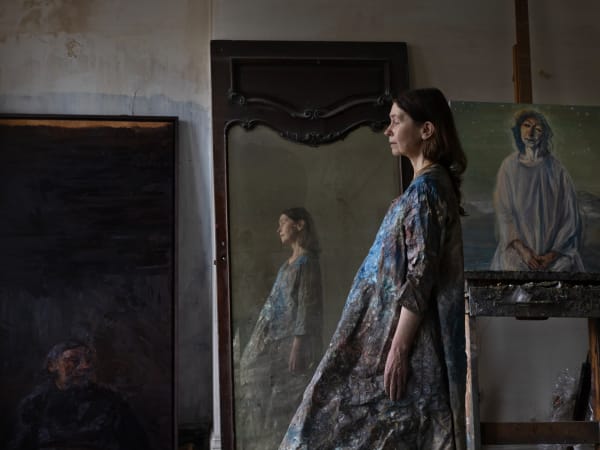
Celia Paul on A brush with…
April 2 2025'I was thinking about what the paintings would look like when there was nobody in the gallery to see them. I think there is a...Read More
-
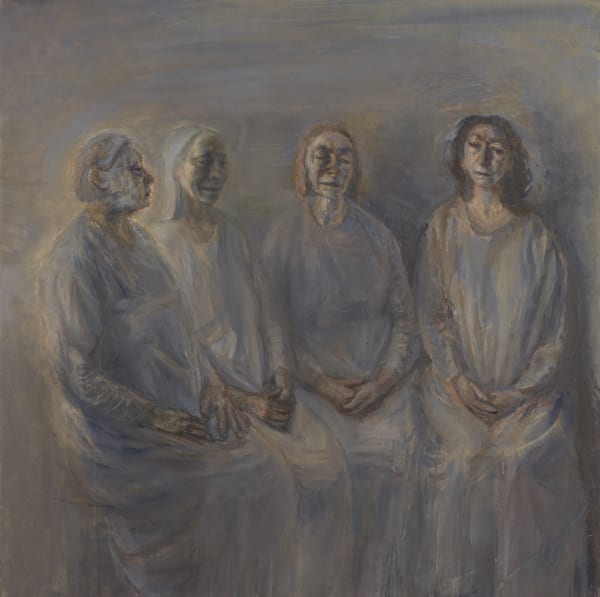
Celia Paul: Colony of Ghosts is reviewed by Observer
March 31 2025'She is deeply focused, delving inward as if mining the soul. This cannot be easy, finding such an elusive essence; yet somehow, in all her paintings, even the chair and the bed, there is this ephemeral, hovering essence.'Read More -
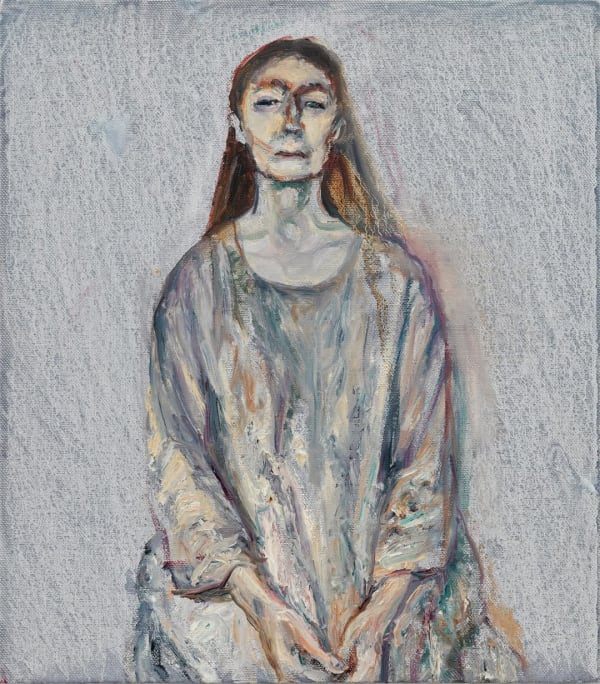
Celia Paul’s essay Painting Myself features in The New York Review of Books
March 13 2025'My recent self-portraits... owe their success to the power of my defiance. "I am a survivor," they are clearly saying. I am self-enclosed, as if the paint were my armour.'Read More
-
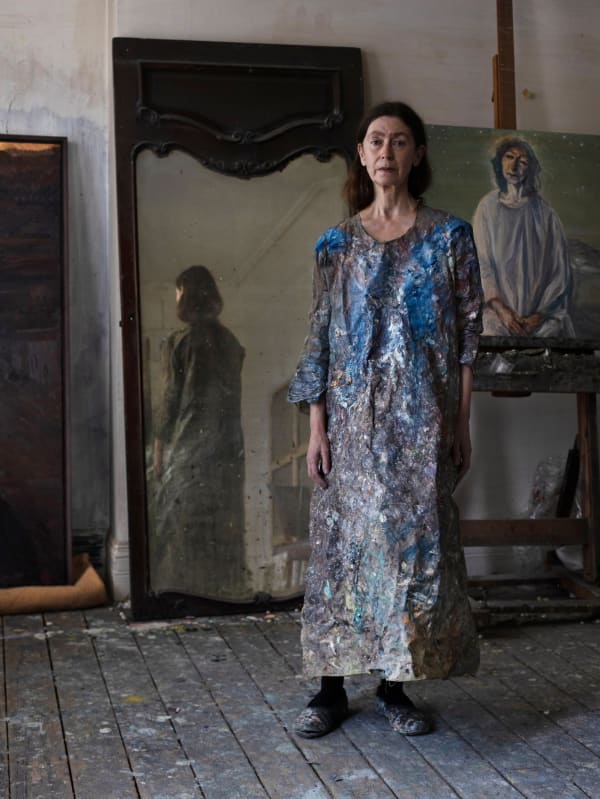
Celia Paul talks to Charlotte Higgins for The Guardian ahead of her new exhibition, Colony of Ghosts
March 10 2025'Lucian died in 2011. I hadn’t felt inhibited by him. But I think I must have been, because it was at that point I thought, “I really need to change my life.”'Read More -

Karl Ove Knausgaard’s essay on Celia Paul features in The New Yorker
January 27 2025'...it is the paintings that I remember, and the feelings they left in me. Of course this is so, because they depicted presence — of the past, of the painter, of the tree — and what you have once been close to stays with you.'Read More
-
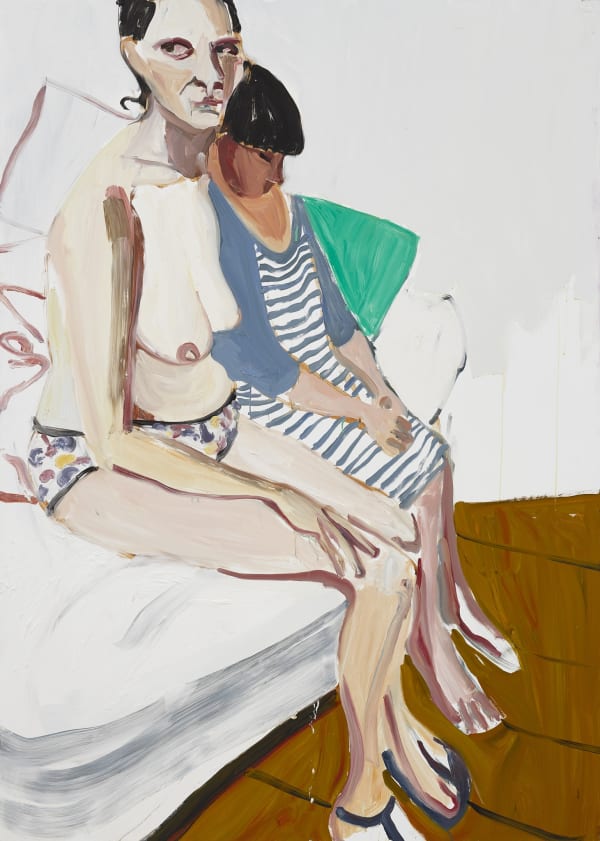
Acts of Creation: On Art and Motherhood, featuring Chantal Joffe, Wangechi Mutu, Celia Paul and Paula Rego, on view at Arnolfini, Bristol
March 9 2024Hayward Gallery Touring’s major group exhibition (9 March–26 May 2024) explores lived experience of motherhood through over 100 artworks. ★★★★★ Reviewing the exhibition in The...Read More -

Celia Paul speaks with Beatrice Hodgkin for the Financial Times
October 25 2023‘It’s kind of, you know, the erosion of yourself, and the buildings. And yet there’s a quality of stillness. Which is actually what beauty is...Read More
-
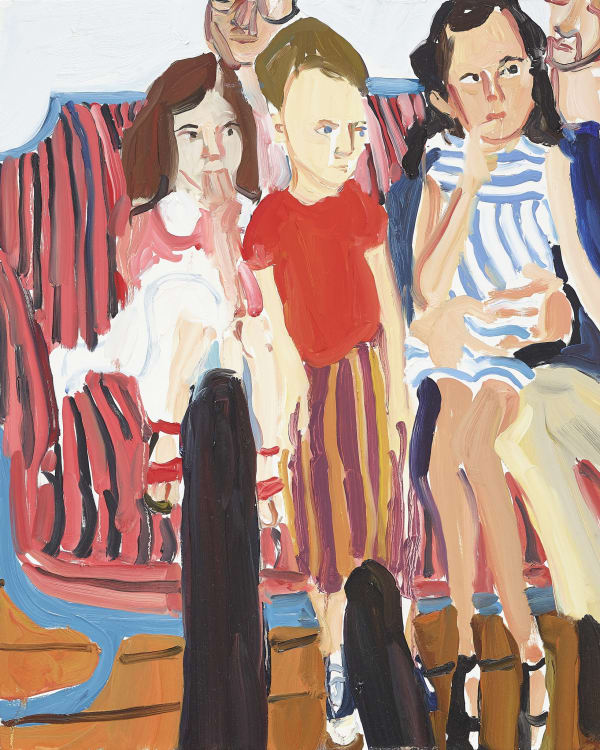
On view in Cambridge: Real Families: Stories of Change, featuring Chantal Joffe, Alice Neel, Celia Paul, Grayson Perry and Paula Rego
October 5 2023Bringing together more than 120 artworks spanning painting, photography, sculpture and film, the exhibition (6 October 2023–7 January 2024) asks us to consider what makes...Read More -
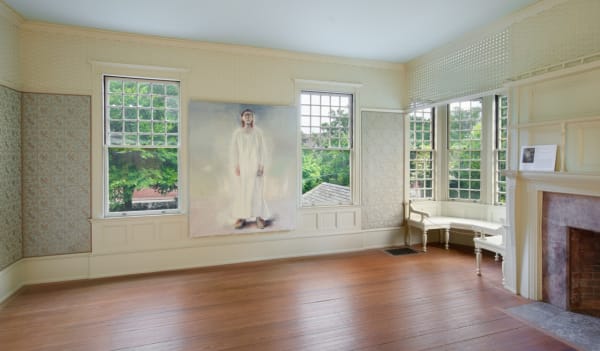
Pictus Porrectus: Reconsidering the Full-Length Portrait featuring Celia Paul is reviewed by Vogue
July 15 2022‘A new generation of artists, who are now basically the establishment, were coming up and interrogating all of these prohibitions around portraiture...’ – Alison M....Read More
-

Celia Paul features in Pictus Porrectus: Reconsidering the Full-Length Portrait, curated by Dodie Kazanjian and Alison Gingeras
June 20 2022Pictus Porrectus: Reconsidering the Full-Length Portrait , curated by Dodie Kazanjian and Alison Gingeras, takes place at Isaac Bell House, Newport, Rhode Island, 1 July–2...Read More -
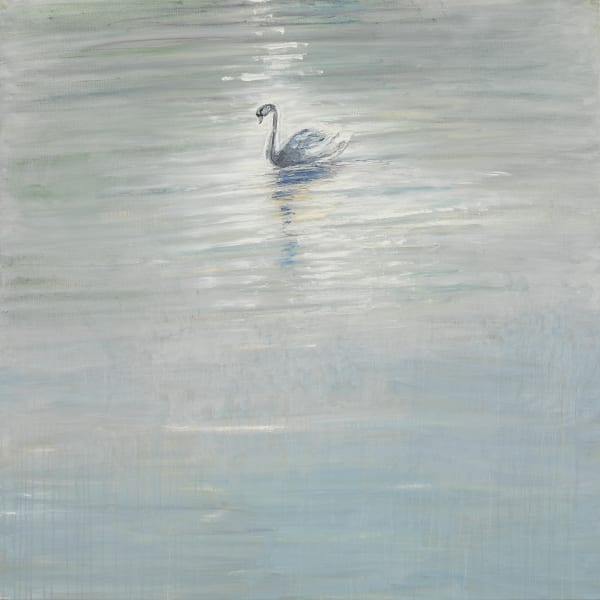
Studio International reviews Celia Paul: Memory and Desire
May 6 2022'At Victoria Miro, a more diffuse and dappled light permeates the upper gallery and I begin to feel that I am in the presence of...Read More
-

Celia Paul Letters to Gwen John is reviewed by The New York Times
April 27 2022'For Paul, looking back in order to look forward, the artist who leaps across time is Gwen John — who was herself Auguste Rodin’s muse....Read More -

Celia Paul: Letters to Gwen John is reviewed by The Telegraph
April 5 2022'The end result is a beguiling, singular work of art – a portrait of two lives, entwined through time and space...' – Lucy Scholes Lucy...Read More
-
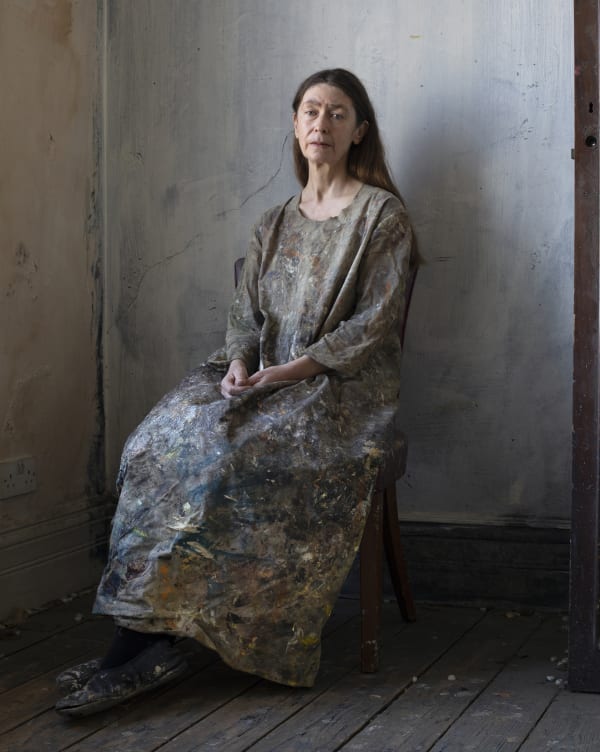
Celia Paul is interviewed by Rachel Campbell-Johnston in The Times
April 5 2022'I hate the description 'artist in her own right',' Paul says. 'It suggests that we are still bound to our overshadowed lives… I hate the...Read More -

As reported by The Guardian, the National Portrait Gallery boosts female representation with self-portraits by artists including Celia Paul
March 8 2022The National Portrait Gallery has acquired five self-portraits by female artists as part of a three-year project to enhance the representation of women in its...Read More
-
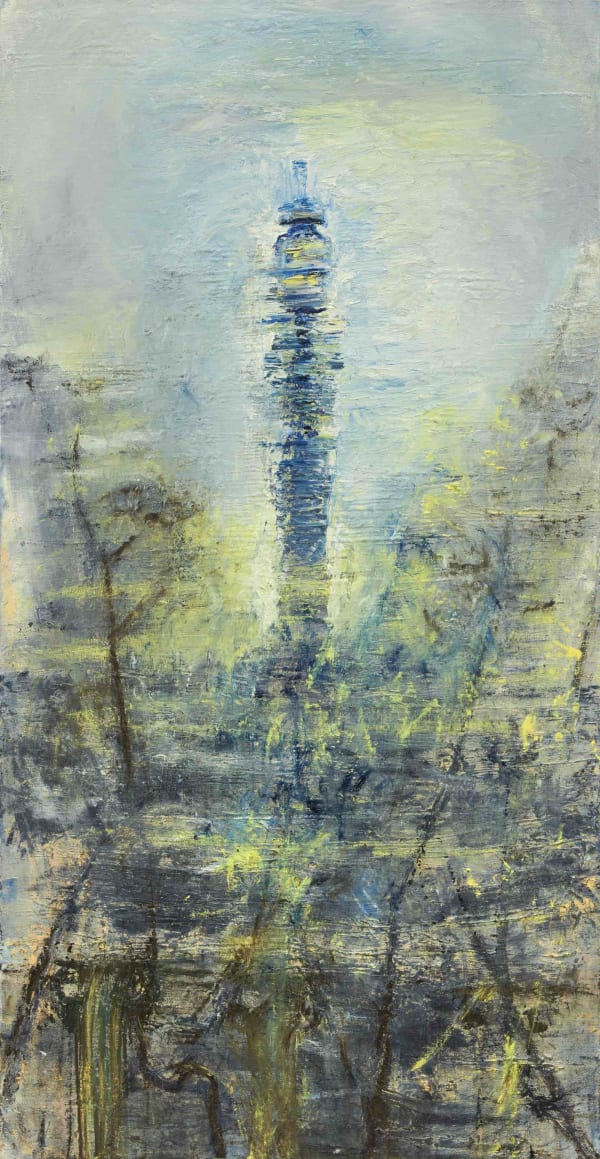
Jackie Wullschläger reviews Celia Paul: My Studio in the Financial Times
July 8 2020'How curious that in lockdown this inward-gazing painter looked outward to supreme effect; how magnificent that she celebrates in the physicality of paint a symbol of the virtual connections which kept us united. Her towers stand as lyrical odes to lockdown London.'Read More -
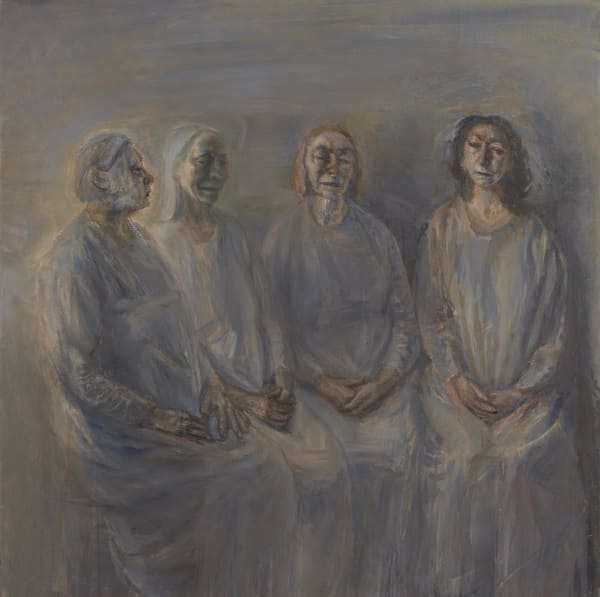
Martin Gayford writes about Celia Paul in The Spectator
December 12 2019Celia Paul is a living painter who is just, at the age of 60, beginning to get the attention she deserves. Her exhibition at Victoria...Read More
-

The new Rubell Museum features works by Celia Paul and Hernan Bas
December 4 2019Opening on 4 December 2019 the new Rubell Museum features a museum-wide installation of works that chronicle key artists, moments, and movements over the past...Read More -
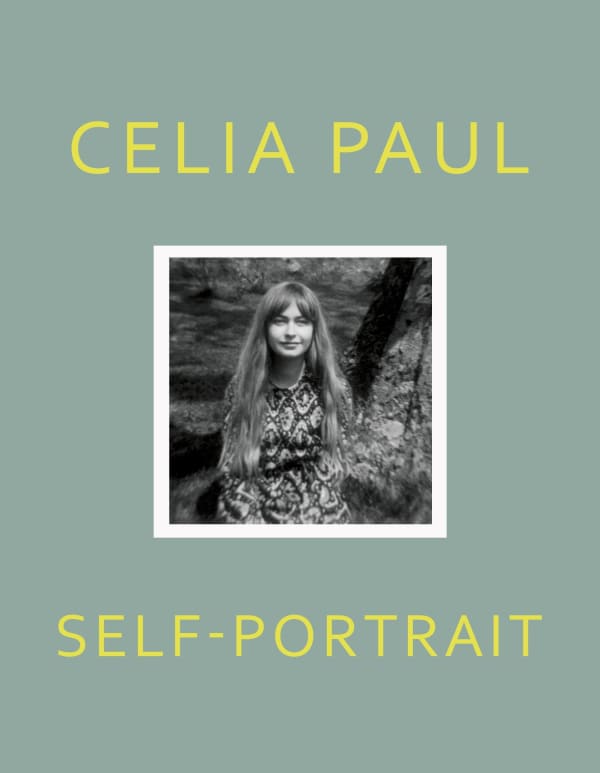
Celia Paul’s Self-Portrait is featured in The Times’ best art books of the year
December 1 2019 Read More
-
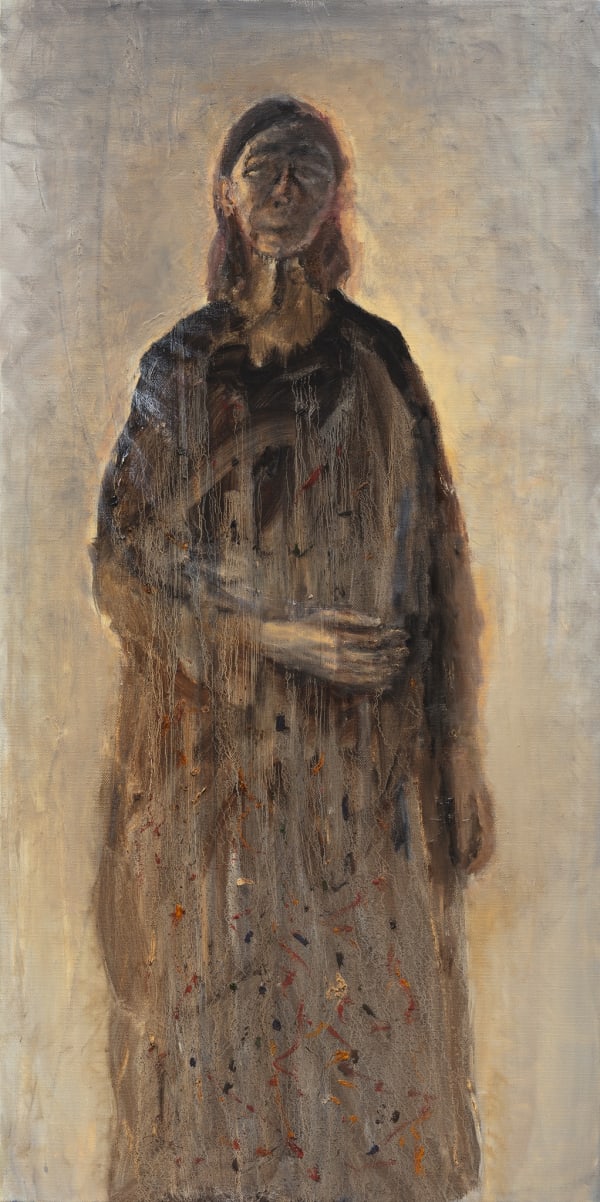
Frieze reviews Celia Paul: Self-Portrait
November 26 2019In the artist’s frank new memoir, her turbulent decade-long relationship with Lucian Freud is one trial of many to be endured in the pursuit of...Read More -
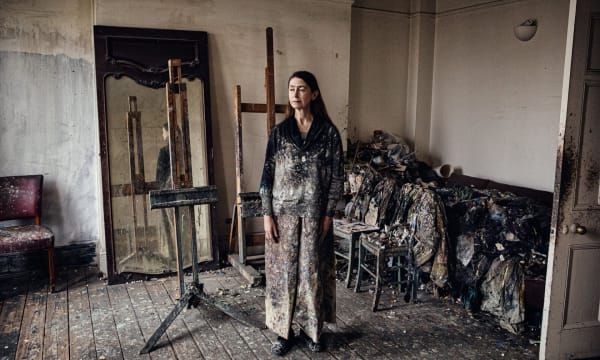
Book of the week: The Guardian reviews Celia Paul’s Self-Portrait
November 20 2019The artist Celia Paul, increasingly frustrated by frequent mentions of her turbulent relationship in books and articles, decided to tell her own revealing story By...Read More
-

Time Out reviews Celia Paul
November 19 2019★★★★ When you think of Celia Paul, you think of blue. Which isn’t entirely fair. Her paintings aren’t predominantly blue, but somehow ‘blue’ is the...Read More -

Anatomy of an artwork: Celia Paul’s My Sisters in Mourning in The Guardian
November 15 2019Celia Paul’s My Sisters in Mourning: a meditative portrait of a mother's death In this intimate depiction of her family, the artist paints with a...Read More
-

Rachel Cusk profiles Celia Paul for The New York Times
November 7 2019'Can a woman artist – however virtuosic and talented, however disciplined – ever attain a fundamental freedom from the fact of her own womanhood?' Read...Read More -
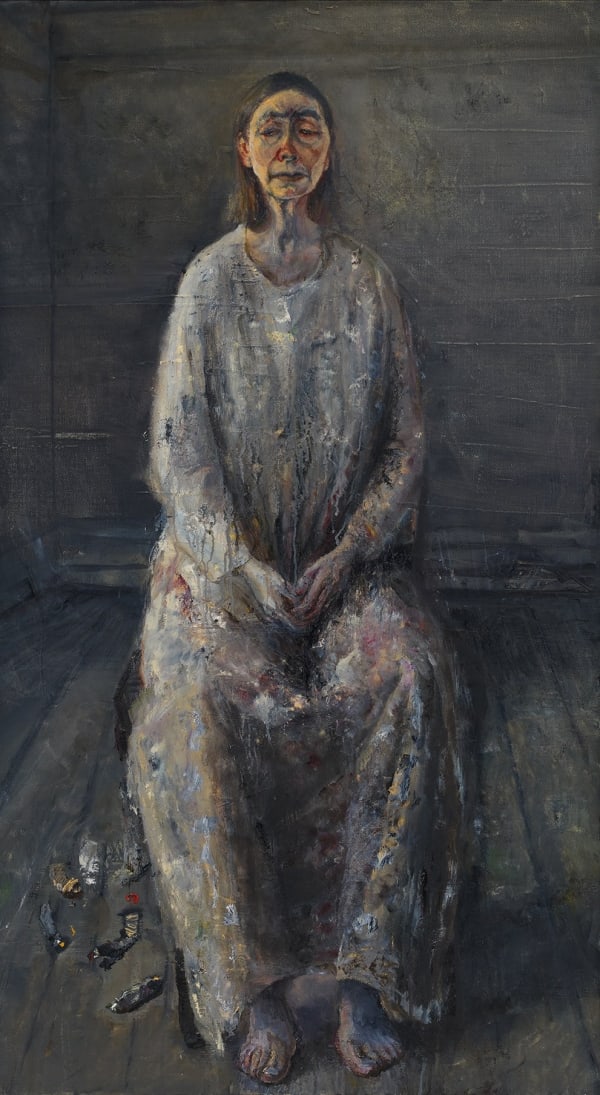
Zadie Smith: The Muse at Her Easel, a consideration of Celia Paul’s memoir, Self-Portrait, in the New York Review of Books
November 2 2019The word museography properly refers to the systematic description of objects in museums, but it might also do for the culture and ideology surrounding that...Read More
-

Celia Paul is awarded Harper’s Bazaar Artist of the Year
October 30 2019Harper’s Bazaar Women of the Year Awards recognises the outstanding achievements of women in the worlds of fashion, film, art, music, philanthropy and literature. Celia...Read More -

Celia Paul is interviewed by Tim Adams in the Observer
October 27 2019You walk up many flights of stairs to reach Celia Paul’s flat, but the climb is worth it. The windows of her studio and bedroom...Read More



